Oil and gas output hits 20-year low
Hydrocarbon production slumps 12% in FY25 deepening energy security fears; gas down 8% on surplus LNG, policy shifts
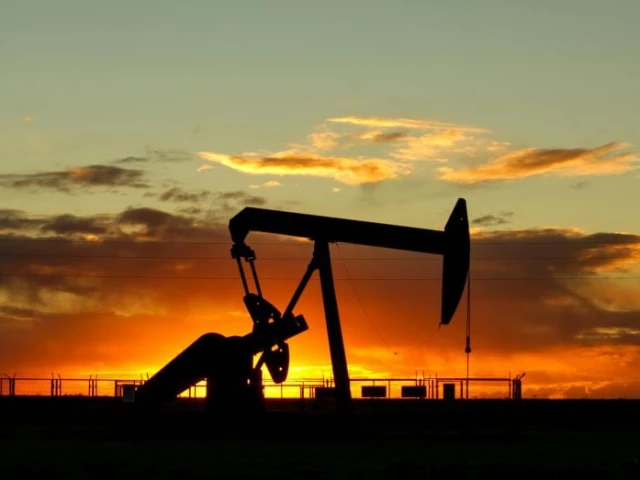
Amid renewed hopes of US investment in Pakistan's oil sector, spurred by recent tweets from former US President Donald Trump hinting at greater American involvement in local exploration and implying potential crude supply to India, Pakistan has recorded its weakest oil and gas production in more than two decades. Industry data for fiscal year 2025 (FY25) shows a steep double-digit drop in both crude oil and natural gas output, deepening concerns over energy security and foreign exchange pressures.
Analysts warn the downturn, driven by structural imbalances, regulatory measures, and surplus imported LNG, could deepen in the year ahead, adding pressure to the country's foreign exchange reserves and energy security.
Pakistan's oil and gas sector recorded its weakest output in more than two decades during fiscal year 2025 (FY25), as surplus regasified liquefied natural gas (RLNG) in the system forced a curtailment of local production. According to a report by Topline Securities, hydrocarbon output fell sharply, with crude oil volumes down 12% year-on-year (YoY) and natural gas output slipping 8% YoY. The downturn accelerated in the final quarter, with oil production dropping 8% quarter-on-quarter (QoQ) and 15% YoY, while gas production contracted by 7% QoQ and 10% YoY, underscoring persistent strain on the sector.
The surplus RLNG was driven in part by a policy shift that diverted captive industrial users from natural gas to the national power grid. Compounding the pressure, the government imposed an "off-grid levy" on captive gas consumption at a rate of Rs791 per million British thermal units (mmbtu), pushing the total cost to Rs4,291/mmbtu. This made electricity generation via gas more expensive than grid supply, further discouraging industrial gas use and reducing demand for domestic production.
Oil output averaged 62,400 barrels per day (bpd) in FY25, with volumes falling across major fields by between 3% and 46%. Key producers such as Makori East, Nashpa, Maramzai, Pasakhi, and Mardankhel all saw declines. The Tal Block, which accounts for roughly 17% of Pakistan's total oil production, posted a steep 22% YoY decline in the fourth quarter alone. Within the block, production from the Maramzai and Mardankhel fields plunged by 54% and 52% YoY, respectively, highlighting the severity of the downturn.
Gas output averaged 2,886 million cubic feet per day (mmcfd) in FY25, with major fields also under pressure. Qadirpur and Nashpa recorded the steepest contractions in the fourth quarter, down 36% and 34% YoY, respectively, largely due to curtailment by the Sui gas companies. Even the Sui field itself, Pakistan's largest gas producer, reported consistent declines, reflecting the sector-wide impact of the RLNG oversupply and shifting demand patterns.
The cutback in domestic production has had significant macroeconomic consequences. Topline Securities estimates that the increased reliance on imported fuels, necessitated by the reduced local output, placed an additional strain of more than $1.2 billion on Pakistan's foreign exchange reserves during FY25. Analysts warn that this not only inflates the import bill but also exposes the country to greater vulnerability from global fuel price swings and potential supply disruptions.
Looking ahead, the outlook remains challenging. Topline projects that oil production will hover between 58,000-60,000 bpd in FY26, while gas output is expected to remain in the range of 2,750-2,850 mmcfd. Without a reversal of current policies or new investment in exploration and production (E&P), FY26 could mark the third consecutive year of declining hydrocarbon volumes.
There is, however, a potential opening for recovery. The government is set to renegotiate its long-term RLNG supply agreement with Qatar in March 2026. Industry observers believe that more flexible contract terms could give domestic E&P companies the space to ramp up production, provided field maintenance and capital expenditure remain on track. Balancing imported LNG supply with the need to sustain indigenous production, they note, will be critical to ensuring Pakistan's energy security and protecting its fragile foreign exchange position.

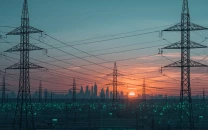

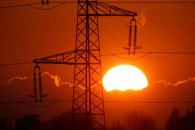
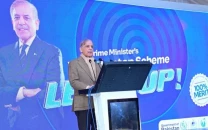
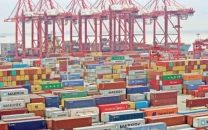

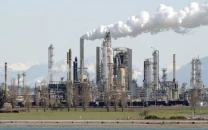












COMMENTS (1)
Comments are moderated and generally will be posted if they are on-topic and not abusive.
For more information, please see our Comments FAQ